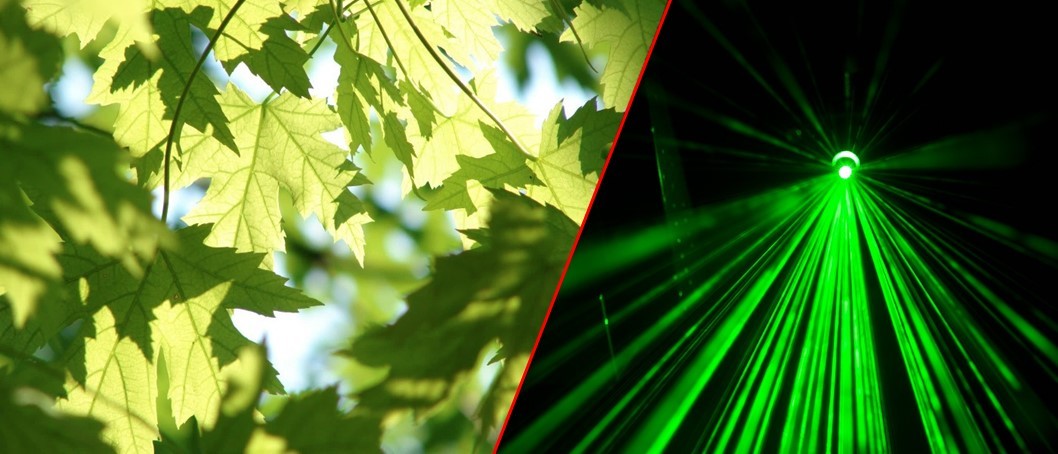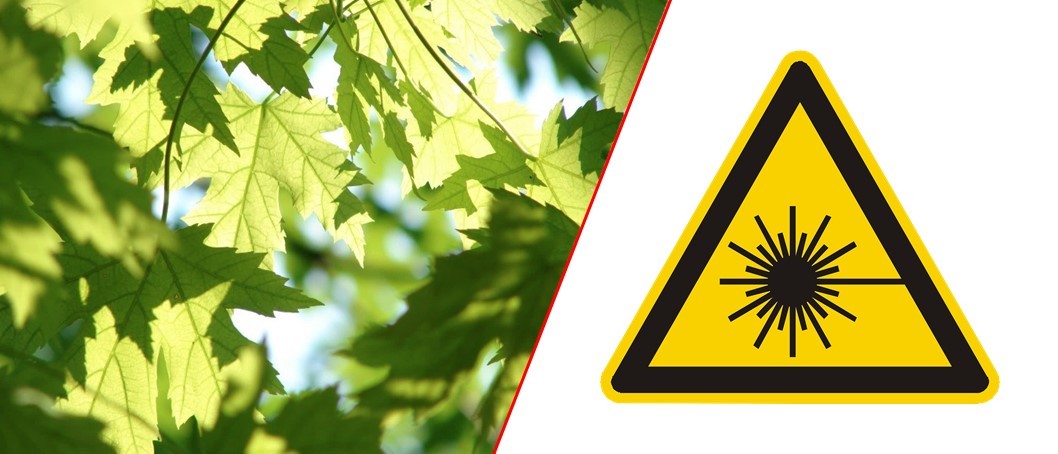Laser properties
Unlike thermal light sources or light-emitting diodes, the laser beam consists of light waves of a single wavelength that all oscillate simultaneously and aim in the same direction. Laser beams are therefore bundled and do not change significantly even after many meters. With a lens, the beam can be focused on a small point, so that large local power densities can be achieved.
Due to the low melting temperatures and poor heat conductivity of plastics, only comparatively low laser power is required for plastic welding. Typically, the laser power is in the range of 5-200 W (Watts), whereas several kilowatts are usually required for metal processing.

Primarily employed: diode laser
Diode lasers deliver a sufficiently good beam quality for plastic welding. Furthermore, they convert electrical current into light very efficiently and are also comparatively inexpensive so that they are mainly employed for laser plastic welding.
Diode lasers are usually coupled into an optical fiber made of glass, which directs the beam to the processing point. The core of the fiber that conducts the light should be as small as possible, so that good focusability of the beam is maintained. It makes sense to use fiber core diameters of 200 micrometers so that a laser spot with a diameter of 0.5-2.0 mm can be generated, depending on the focusing lens.
Nowadays, diode lasers achieve an efficiency from current to light of over 50%, so that the residual heat no longer has to be extracted by water coolers. Air coolers are sufficient at the laser power levels needed for plastic welding.
The wavelength of the used laser diodes lies between 900-1000 nm, because in this range the best efficiency is offered at the best price. A few years ago, wavelengths from 800-900 nm were also very common, but in this wavelength range the achieved improvements were not as prominent as over 900 nm.
Sometimes employed: fiber laser
If a fine weld seam on a larger component is required, the focusability of the diode laser may no longer be sufficient. In such cases, a so-called fiber laser is used. The laser light is generated in the optical fiber itself. This allows a smaller fiber core diameter to be used, which then enables a smaller laser spot. Because the active fiber of a fiber laser has to be pumped by a diode laser to generate the laser light, it is always more expensive than a diode laser of comparable power.

